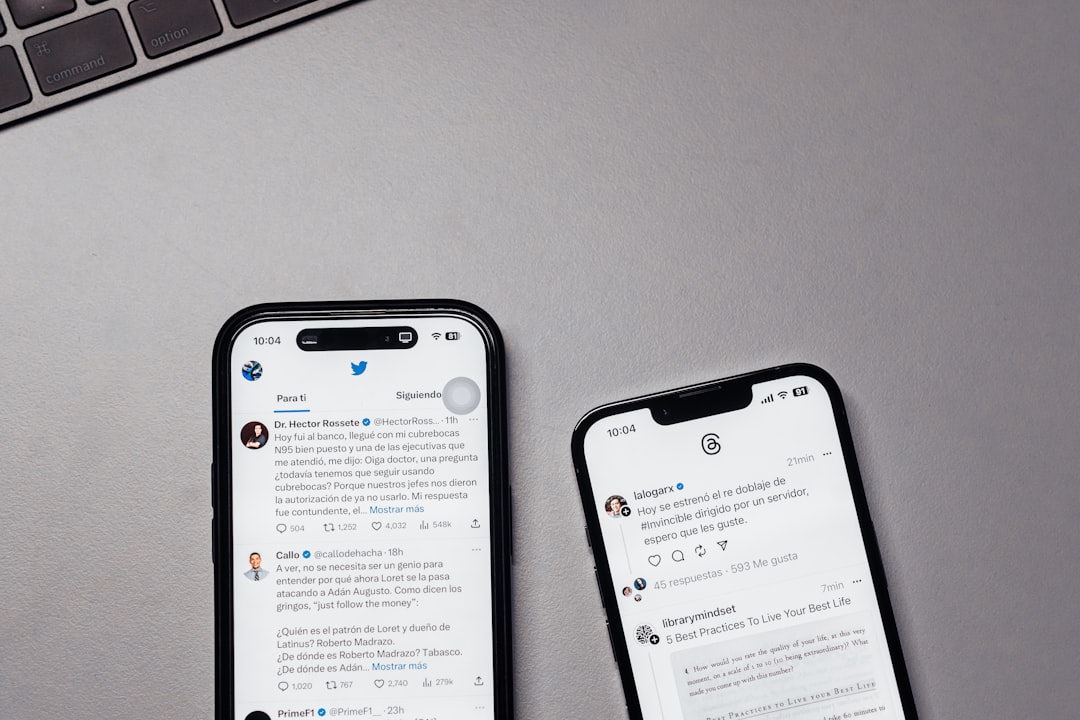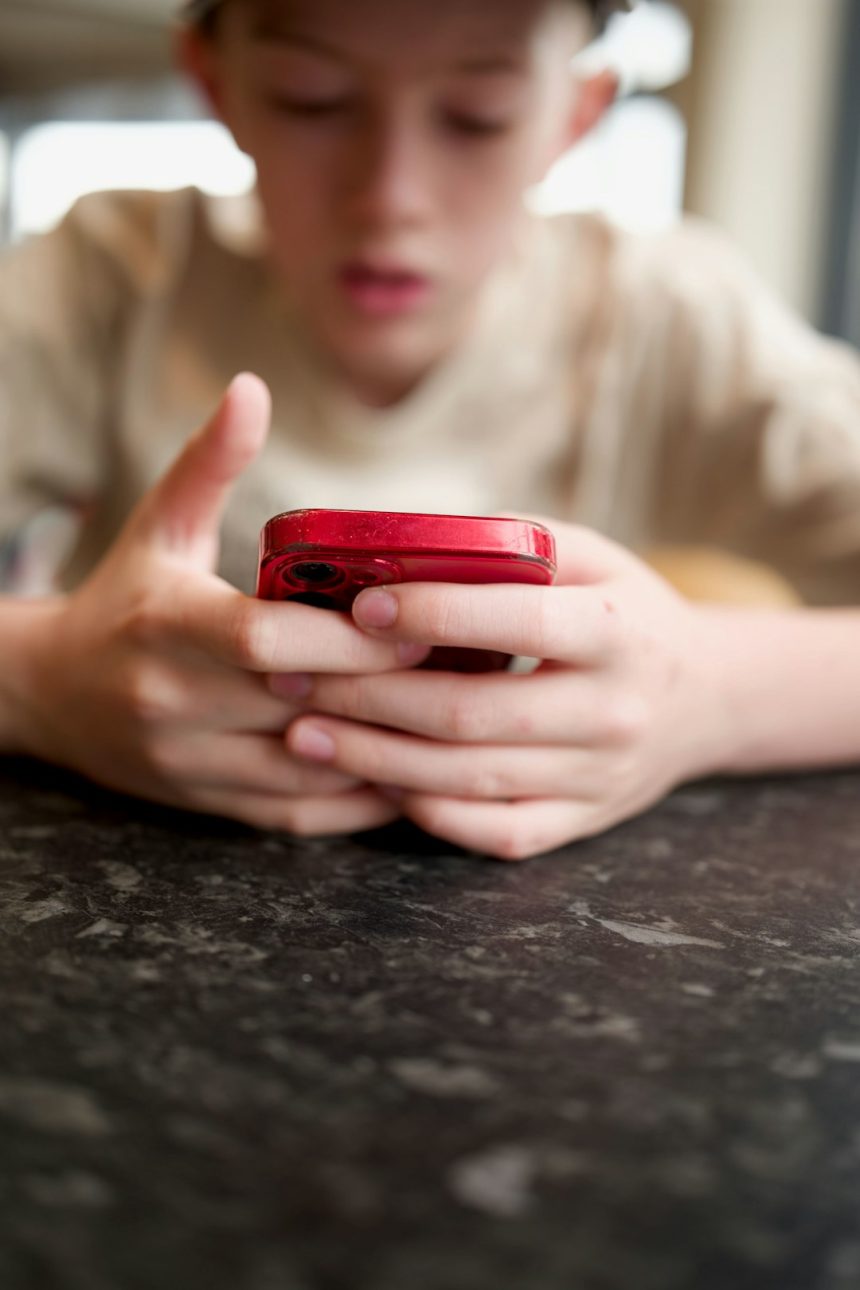If you’re a TikTok user, there’s a good chance you’ve come across an enigmatic, gut-punching message just when you least expected it: Error Code 400. Whether you’re mid-scroll through an endless stream of dance challenges or in the final stages of uploading your perfect lip-sync, seeing this dull but devastating number pop up can feel like a betrayal, uniquely crafted just for you.
In the ever-evolving world of social media, where algorithms define not only what we see but in many ways who we are, an interruption in this digital rhythm doesn’t just feel like a technical problem—it feels personal. But what exactly is TikTok Error Code 400? And why does it hit so hard?
What Is TikTok Error Code 400?
Error Code 400 is typically categorized as a Bad Request. In technical terms, it occurs when the request sent to the server is malformed or can’t be understood. This can be due to a myriad of reasons:
- Corrupted cache or app data
- An outdated app version
- A faulty internet connection
- Account issues or temporary bans
Simple enough, right? Just a glitch. But when this error occurs at just the wrong time—like before posting a viral-worthy clip—it suddenly transforms from a minor bug to an existential crisis fueled by our attachment to the algorithm.
The Algorithm Knows You… Too Well
To understand why TikTok Error Code 400 feels so personal, it’s important to explore the relationship between users and TikTok’s algorithm. TikTok isn’t just a video platform; it’s a psychic mirror, reflecting back curated clips so precisely attuned to your tastes that it can be jarring. From niche interests to oddly satisfying content, the algorithm knows its users better than they know themselves.
When an error occurs, it breaks the illusion. That carefully curated digital universe collapses, and users are left disconnected—not just from the app, but from this version of themselves that TikTok seems to understand so well.

When Convenience Becomes Dependence
Social media platforms like TikTok thrive on habitual engagement. The more you use the app, the more it tailors itself to your digital DNA. This turns the experience from mere entertainment into a personalized routine. A user might not even realize how often they reach for their phone to check TikTok—until they can’t.
That’s the moment Error 400 strikes like a lightning bolt of betrayal. It’s not just about missing a few videos—it’s about being cut off from a dopamine-fueled feedback loop. For creators, this is even more intense. Entire content plans, brand partnerships, and time-sensitive trends hinge on the seamless functionality of the platform. To them, Error Code 400 isn’t a bug; it’s sabotage.
Is It Just a Technical Glitch?
Technicians and support documentation will assure you that, yes, Error Code 400 is just a glitch. Clear your cache, reinstall the app, reset your router. It’s a predictable list of solutions.
But this technical explanation doesn’t dismantle the emotional import. In a culture where our digital identities hold increasing weight in shaping our sense of self-worth, a disruption in access can feel far more significant than faulty code. It echoes something much more profound: the fear of disconnection in a hyper-connected world.
The Algorithm: Friend, Foe, Therapist?
TikTok’s algorithm is a marvel. It’s intuitive, responsive, and eerily insightful. But it’s also an invisible hand guiding content visibility, muting some voices and amplifying others. Users often feel like they’re in a constant performance, judged not by people, but by the silent metrics of view counts and engagement rates.
When an error like 400 interrupts this digital relationship, it’s not just an app crash—it feels like the algorithm turning cold. Like a friend suddenly giving you the silent treatment after months of understanding you in ways no human could.

The Psychological Toll of Error Codes
If it’s just an app, why do people get so upset? Because platforms like TikTok have become emotional landscapes. They are places for creativity, validation, escapism, and most importantly—community. A technical hiccup like Error Code 400 severs this connection just long enough to feel isolating.
Some users even report feelings of anxiety or anger when kept from their feed. It might sound dramatic, but when your digital routine is interrupted, small glitches can feel like big barriers between you and your virtual identity. Combine that with influencers whose livelihoods depend on the app’s stability, and Error Code 400 stops being minor—to them, it feels targeted.
It’s Not Just You: Error 400 Is Relatable
One of the few silver linings of TikTok Error Code 400 is that it’s universally frustrating. Rarely biased, it affects all types of users equally. Content creators, casual browsers, and viral hopefuls alike—it spares no one. Entire Reddit threads and TikTok videos are dedicated to people airing their grievances, from humorous impersonations of the algorithm having a “bad day” to angry rants visualized through dance.
So perhaps what makes TikTok Error Code 400 sting isn’t the code itself, but the emotional vacuum it creates in its wake. It feels like the algorithm saw into your soul… and decided to click *pause*.
Conclusion
It’s easy to say, “It’s just a bug.” But when Error Code 400 appears on TikTok, it touches on deeper issues of connection, routine, and digital identity. It challenges the illusion of a flawless algorithm and brings a moment of dissonance to a space usually fine-tuned for seamless consumption. In that rupture, feelings of confusion, isolation, and frustration take root.
In the vast digital playground that is TikTok, where the algorithm feels like both best friend and omniscient observer, being pushed out by something as clinical as Error Code 400 feels less like a bug—and more like a breakup.
Frequently Asked Questions (FAQ)
-
What does TikTok Error Code 400 mean?
It signifies a “Bad Request” from your device to the TikTok server, often due to corrupted data, app bugs, or internet issues. -
How can I fix TikTok Error Code 400?
Try the following:- Clear your app cache from settings
- Uninstall and reinstall the TikTok app
- Update to the latest version of the app
- Switch to a different internet connection
- Restart your device
-
Why does it feel so frustrating when this error appears?
Because TikTok is engineered for emotional and habitual engagement, sudden disruptions interfere with users’ routines and their sense of connection to the algorithm and community. -
Does the algorithm intentionally block some users?
There’s no evidence to suggest Error 400 is a targeted move by TikTok’s algorithm. However, if misuse is detected (like bot activity), TikTok may restrict access temporarily. -
Is there a way to prevent this error in the future?
While it’s impossible to completely avoid all technical issues, keeping your app and device updated, minimizing cache buildup, and ensuring strong connectivity can reduce risk.


